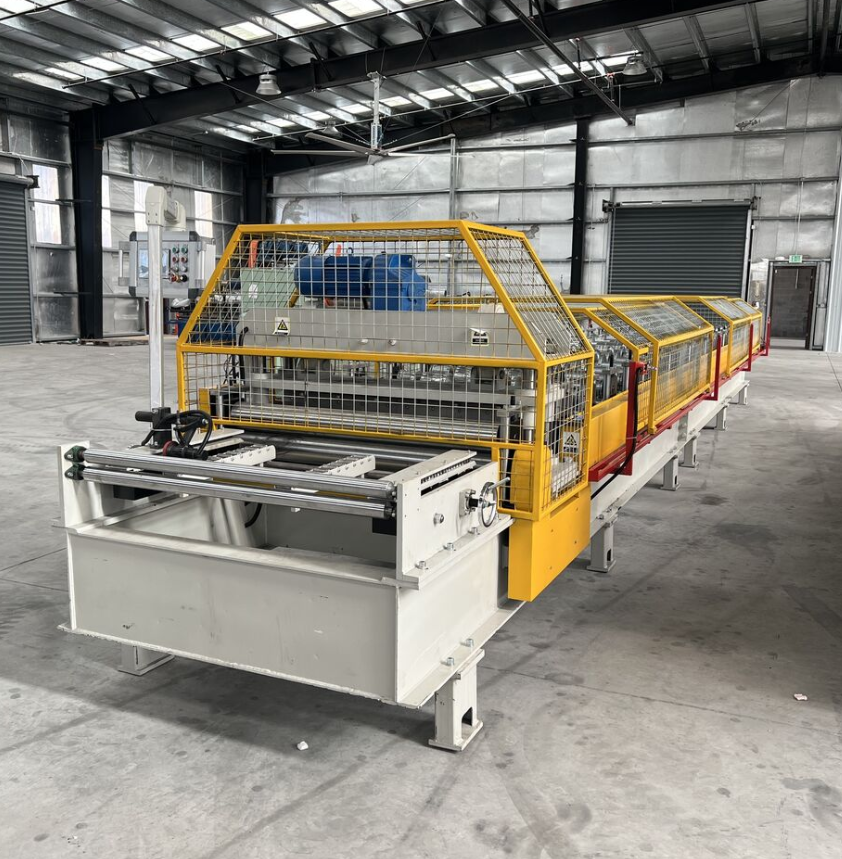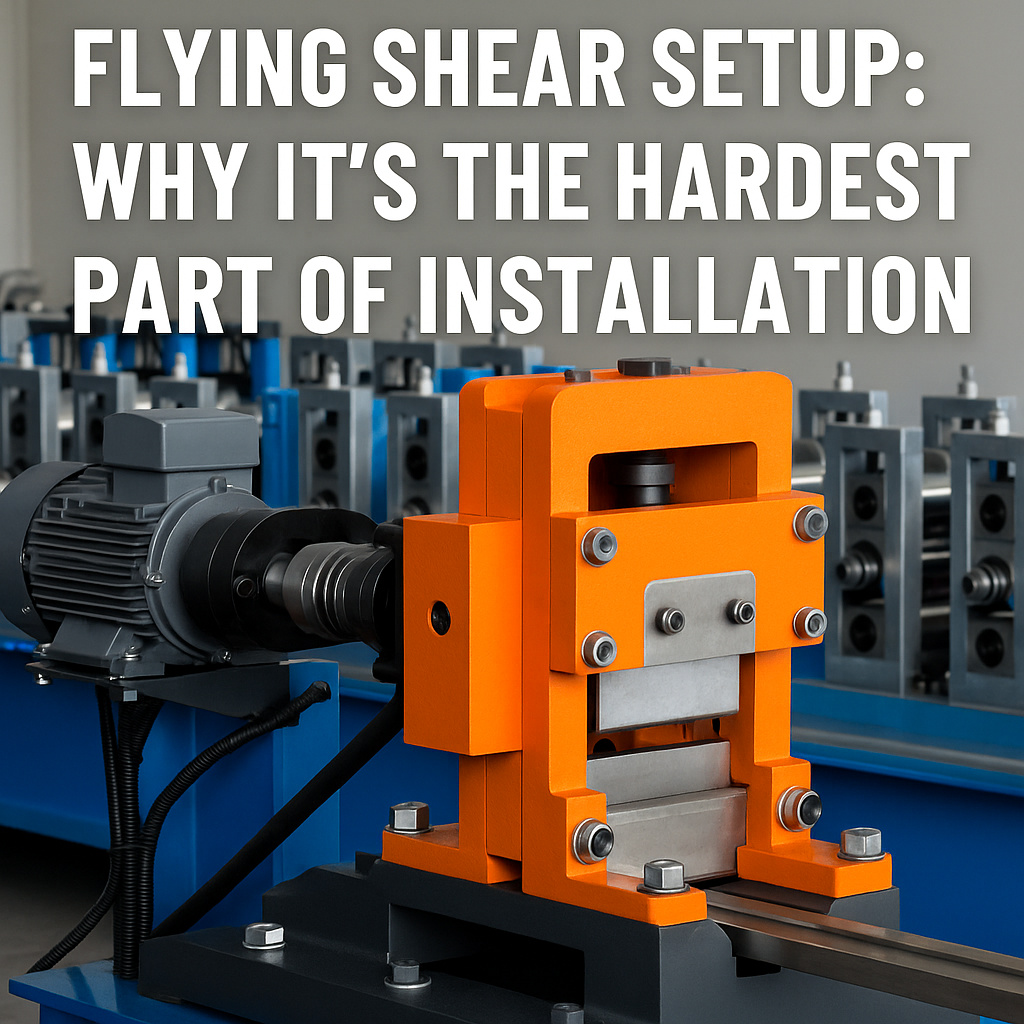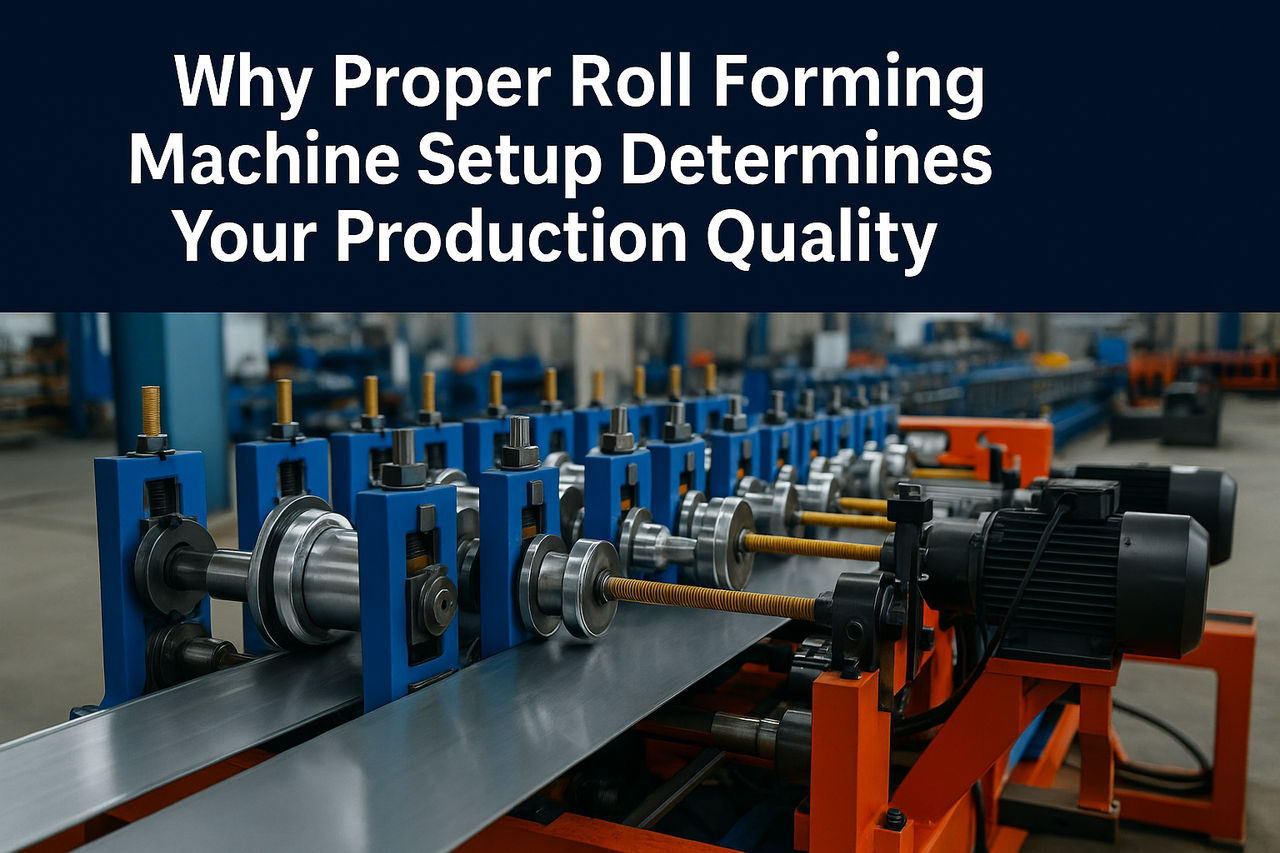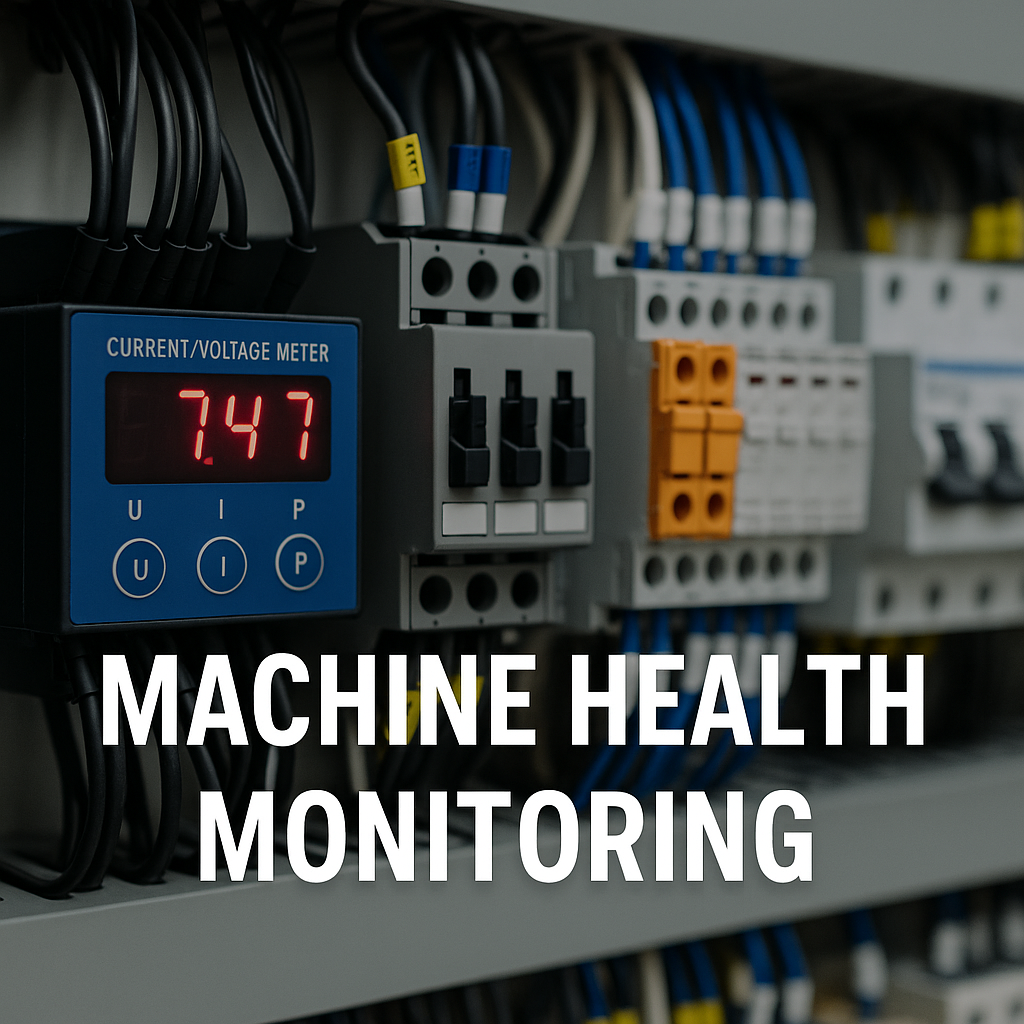
Posted on Tuesday, March 5, 2024
The Purlin Bearing Rib (PBR) panel is one of the most popular metal roofing and siding profiles used in residential, commercial, agricultural, and industrial construction projects. Known for its durability, weather resistance, and ability to span long distances, the PBR panel has become a standard across multiple industries and countries. To meet the growing demand for these profiles, manufacturers rely on PBR roll forming machines—automated systems that shape and cut metal coils into finished PBR panels with precision and efficiency.
In this guide, we’ll delve into the complete details of a Purlin Bearing Rib roll forming machine, covering machine specifications, profile information, pricing, extras, setup and installation, maintenance, and how Machine Matcher can support your purchase.
A Purlin Bearing Rib (PBR) roll forming machine is engineered to produce high-strength, precision-formed metal panels used for roofing and siding applications. These machines work by feeding metal coil through a series of rollers that gradually shape the metal into the PBR profile, followed by punching, notching, and hydraulic cutting systems that complete the panel to the required specifications.
The machine can run continuously with minimal downtime, ensuring mass production of consistent panels. It's often used in steel building factories, construction product manufacturers, agricultural barn builders, and metal panel suppliers.
High-grade GCr15 steel, heat-treated and hard chrome-plated
Surface hardness: HRC 58-62
Designed to resist wear and maintain precise shape for long-term production
Integrated punching system for screw slots or ventilation holes
Optional notching unit to accommodate special panel ends or connection requirements
Can include servo-controlled positioning for accuracy
Precision servo motors for feeding and punching
Ensures exact panel length and pattern placement
Reduces waste and enhances repeatability
Post-cut or pre-cut systems based on client needs
Hydraulic power unit with quick response
Hardened cutting blades ensure clean edges without distortion
Typically 300–450 H-beam welded structure
Heavily reinforced for minimal vibration during high-speed operation
Painted with anti-corrosion coating
Reputable brands such as Siemens, ABB, or Delta
Chain or gear drive transmission depending on customization
Motor power ranges from 7.5kW to 15kW based on line speed and panel gauge
Touchscreen interface (Siemens, Mitsubishi, Delta)
User-friendly software for profile programming, batch setup, and diagnostics
Remote access and support optional
Standard: 15–25 meters per minute
High-speed lines: up to 45 meters per minute with servo shearing
Transparent polycarbonate covers
Emergency stop buttons and sensor-based safety interlocks
CE/UL-certified panels and wiring for international compliance
Galvanized steel, Galvalume, pre-painted steel, aluminum (optional)
Common finishes include polyester, PVDF, and SMP for enhanced durability
Width: 36" (effective cover after forming)
Rib height: approx. 1.25" (32mm)
Rib spacing: approx. 12" centers
Optional minor ribs for added strength and aesthetics
26 gauge (0.45–0.5mm) is most common
Can handle 22 to 29 gauge steel
Heavier gauges supported with stronger machine components
PBR panels are widely used for:
Warehouses
Agricultural buildings and barns
Industrial sheds
Residential garages and sheds
Roofing and wall cladding for steel structures
The global demand for PBR panels continues to grow, especially in regions with extreme weather where wind uplift and moisture resistance are priorities. This profile is highly popular in the US, Canada, Mexico, Australia, and parts of the Middle East and Africa due to its durability, structural performance, and compatibility with steel purlins.
United States
Canada
Mexico
Australia
Saudi Arabia
South Africa
Construction
Prefabricated building manufacturers
Agricultural and livestock industries
Warehousing and logistics facility builders
The PBR profile is particularly favored in these countries because it meets local building codes, offers efficient water drainage, and integrates easily with insulation systems and fasteners used with purlins.
A high-quality PBR roll forming machine can be enhanced with a range of accessories:
Automatic Stackers: For efficient panel collection and bundling
Remote PLC Systems: Allows remote troubleshooting and diagnostics
Coil Car Tippers: Simplifies coil loading onto the uncoiler
Uncoilers and Recoilers: Hydraulic or manual uncoilers up to 10 tons
Leveling Systems: Ensures perfectly flat panel input for smooth forming
Punching Stations: For customized holes or embossments
Coil Handling Systems: For managing coil inventory and movement
The price of a PBR roll forming machine can vary depending on automation level, speed, brand of components, and included extras.
Basic Manual Line: $28,000 – $45,000
Mid-Range Semi-Automatic: $50,000 – $75,000
High-Speed Fully Automatic with Stackers: $80,000 – $130,000+
Customization, import duties, and shipping can affect final pricing.
Machine Matcher connects buyers with trusted roll forming machine manufacturers across the globe. We simplify the buying process by:
Matching your production needs with the right machine
Offering new and used options depending on your budget
Verifying supplier credentials and machine specs
Arranging coil handling and automation accessories
Providing expert advice on power supply, layout, and installation
Supporting after-sales service and spare parts sourcing
We work closely with manufacturers and end-users across 170+ countries to ensure smooth, reliable machine purchases from start to finish.
Setting up a PBR roll forming machine involves several key steps:
Foundation Preparation: Level concrete floor with enough space for coil handling and finished panel stacking.
Machine Positioning: Aligned and bolted to the floor.
Power and Air Connections: Wiring to local power specs and connecting pneumatic/hydraulic lines.
Trial Run and Calibration: Feeding coil, adjusting rollers, and testing cut lengths.
Training: Operator training for safety, adjustment, and troubleshooting.
A complete setup typically takes 3–5 days, including commissioning and training.
Proper maintenance is key to ensuring consistent output and machine longevity:
Daily: Clean roller surfaces and inspect for buildup
Weekly: Check oil levels in hydraulic system, inspect fasteners
Monthly: Lubricate chain or gear drive components, inspect motor alignment
Annually: Replace hydraulic fluid, calibrate PLC sensors, check electrical panels
Keeping a maintenance log helps anticipate part replacement and reduce downtime.
Q: Can I use the same machine for different panel profiles?
A: PBR machines are designed for a specific profile. However, changeable cassettes or toolings can allow flexibility if pre-designed for it.
Q: What coil width is needed for the PBR profile?
A: Most PBR panels use 42–44" wide coils, depending on trim and material gauge.
Q: Can I automate stacking and packaging?
A: Yes, you can include an automatic stacker and wrapping unit to reduce manual labor and improve throughput.
Q: What is the delivery time for a new machine?
A: Standard delivery is 45–60 days depending on customization.
Q: Is local support available?
A: With Machine Matcher’s network, we can arrange local service partners or remote PLC access to assist with support and training.
Speak to one of our roll forming machine experts today:
UK: +44 20 335 56554
USA: +1 407 559 7948
Europe: +32 460 24 13 95
WhatsApp: +44 20 335 56554
Email: [email protected]

Flying Shear Setup: Why It’s the Hardest Part of Roll Forming Machine Installation
Posted on Monday, November 24, 2025
If you want a header image, meta description, or series continuation, just tell me.

Why Proper Roll Forming Machine Setup Determines Your Production Quality
Posted on Monday, November 24, 2025
The #1 factor that decides accuracy, scrap rate, speed, and consistency.

Compliance & Safety Services for Roll Forming Machines — Full Guide
Posted on Sunday, November 23, 2025
How Machine Matcher keeps your machines safe, legal, and fully compliant with CE, UL, and UKCA standards.

Machine Health Monitoring for Roll Forming Machines — Complete Diagnostic Service Guide
Posted on Sunday, November 23, 2025
Continuous diagnostics that prevent breakdowns, reduce downtime, and extend machine life.
Copyright 2025 © Machine Matcher.